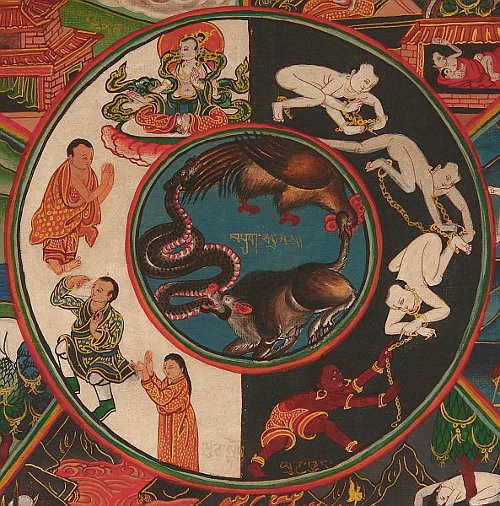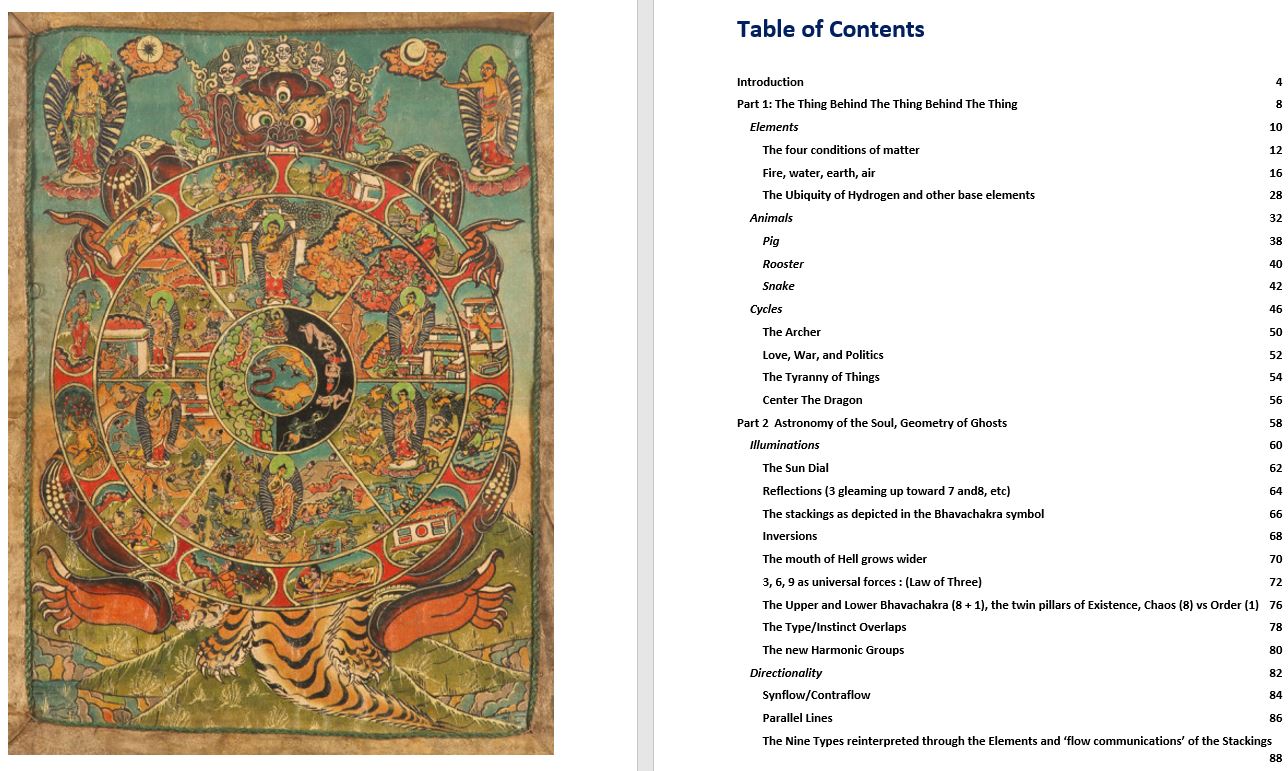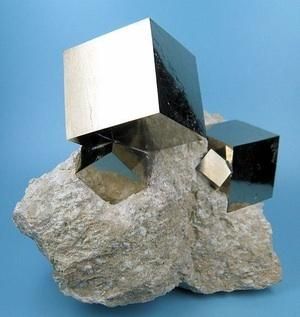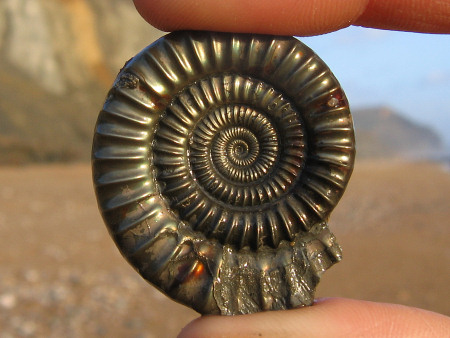EnneaSite by David Gray
Tag: tritypes
book support
I’m focusing on my Enneagram book, and would appreciate your support and input.
I’m utilizing several new conceptual approaches to the Enneagram Types and Instincts. Having studied and worked with the Enneagram for 30 years, as well as authoring the Enneagram website EnneaSite.com, over the last few years my thinking has landed in a vivid symbolic overlap between the Instincts (or Instinctual Variants) and a central ancient Buddhist symbol known as the Bhavachakra (or Wheel of Life).
Become a Patron!
At the center of this Wheel is a pig, a snake, and a rooster, chasing each other in a circle and biting each other’s tails. Traditionally, as a set of base archetypes that represent core aspects of our overall human psychological dilemma, these animals allude to ignorance/delusion (pig), aversion/hatred (snake), lust/desire/grasping (rooster). My proposition, however, is that there’s a second layer, hidden thus far — an intuitive relationship between the characteristics of these three creatures and the typological qualities of the Instincts (Self-Preservation, Sexual, Social).
Tying in the Buddhist philosophical worldview illuminated by this Symbol and the insights into the Three Instincts that these allegorical animals represent, the suggestion here is that, at the axle of this Great Wheel, in symbolic space, we’re essentially glimpsing into the psychic source matter that forms the rut that is our personal psychology. The snake, pig, and rooster represent the primordial raw materials as well as the electricity that animates the skeletal framework of our typology and personal psychology.
Another major component in the approach I’m taking is the use of metaphorical correlations between the three instincts and the Classical Four Elements (water, earth, air, fire).
The interest of this book is predominantly not in philosophy or the sciences, or even spirituality in any direct way, but in the archetypal forces and symbols that underlie the nine personality types and the three instincts, which are more deeply understood and accurately conceptualized through such things as the classical Elements.
Besides their traditional utility in various esoteric and scientific subjects, the Elements can be seen as animating forces that light up the human psyche – or as a bridge between the science of our biology and the abstract architecture of the psyche and personality.
Fire in the body rises in the psychological state of ‘the heat of passion,’ ‘flames of burning desire,’ etc. The existence of these figurative phrases is urging us to look at the Elements in a psychological context.
The Four Elements have been studied, symbolically utilized, considered in multiple classical contexts, including the philosophies, sciences, and esoterica of ancient Greece, Persia, Egypt, Babylon, Renaissance Europe, among others. But turning to our day-to-day connection with these energies: We speak of someone being warmhearted/coldhearted/incendiary (temperature/Fire), or entrenched/stuck/dogmatic (solidity/Earth), mercurial/flighty/footloose (mobility/Air), inconsistent/draining/juicy (fluidity/Water), etc.
I appreciate your participation in my writing process, and am looking forward to sharing previews and excerpts of the book, which are available now if you’re interested.
Many thanks,
David
Become a Patron!







